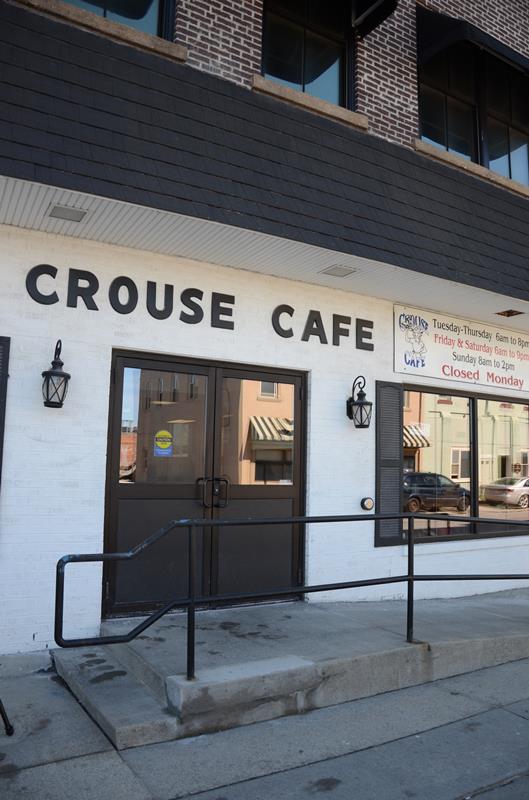The high price of goodbye
March 9, 2006
Former Simpson President R. Kevin LaGree pocketed nearly a $69,000 raise in his final year due to what the chairman of the college’s board of trustees called “sabbatical time” that the college owed LaGree.
According to the college’s public-record federal tax return Form 990, LaGree’s salary, benefits and expenses totaled $268,585 in the fiscal year that ended last May 31. His total compensation had been $199,640 during the previous fiscal year – a little more than the average for Iowa private-college presidents.
LaGree, who left Simpson last summer to become pastor at the First United Methodist Church in Des Moines, said he didn’t know the amount of his compensation for fiscal year 2005 or why it went up by nearly 40 percent.
“I’d rather not comment on it in terms of what you publish,” LaGree said. “I’d rather have no comment than comment out of ignorance.”
The information in the Form 990 covers LaGree’s last year as president of Simpson College. Steve Weeber, chairman of the board of trustees, said the increase was due to contractual obligations Simpson had to LaGree.
“It wasn’t really his salary that went up,” Weeber said. “Every year a president’s with a college, he’s entitled to so much leave-time. He hadn’t taken any. In the terms of his contract when he left, we owed him that…It wasn’t vacation. It had to do with sabbatical time.”
According to Ken Birkenholtz, vice president of business and finance, compensation as defined by the Form 990 is not simply the employee’s salary.
“According to the 990 instructions, we must, for each person listed, report salary, fees, bonuses and severance payments paid,” Birkenholtz said.
For faculty members, compensation can also include payment for teaching summer school and working with the Division of Adult Learning.
Severance packages are determined on a case-by-case basis. There’s no set amount that departing administrators receive.
In LaGree’s case, the only severance package he received was the fulfillment of his contract. He did not receive more money on top of that, Weeber said.
“We try to do what makes sense when people are leaving the institution,” Weeber said. “In Kevin’s case it was really simple. This was something that was in his contract, and we owed it to him.”
LaGree’s compensation increase was more than 10 times the amount of the average raise given to the six other highest-paid members of the administration, which was 3 percent.
This is lower than the increase from the 2003-2004 fiscal year. The average increase in compensation of the seven vice presidents and LaGree in that time period was 5.7 percent.
LaGree’s total compensation was nearly twice the amount of the second-highest paid employee, Bruce Haddox, vice president and dean for academic affairs. LaGree received $131,972 more in total compensation than Haddox, who received a total compensation of $136,613.
According to the Des Moines Register, the average compensation of college presidents at the 27 private colleges in Iowa for 2003-04 averaged $194,463. During that time, LaGree was paid $199,640.
The Chronicle of Higher Education study found the median compensation for liberal arts college presidents nationwide for the 2004 fiscal year, the most recent year the information is available, was $243,541.
For the same fiscal year, 26.8 percent of liberal arts college presidents made $100,001 to $200,000, and 33.3 percent made $200,001 to $300,000.
According to the Form 990, 60 of Simpson’s employees were paid more than $50,000.
This is one less person than the 2004 fiscal year, but this could be due to retirements, according to Haddox.
For the 2005 fiscal year, Simpson had 89 full-time faculty members, and the average salary of the faculty was $54,500.
Simpson builds employee raises into the budget every year and tries to give all employees at least a set base percentage raise.
The raise across the board for the 2005 fiscal year was 3 percent.
“There are no rules about executive pay at a college, but the rule of thumb…was that you take the upper ranks of the full professors and you add 50 percent to that, and that’s about what you pay an academic dean,” Haddox said. “You double it and that’s what you pay a president…There’s a limit. We’re in this because we believe in it, not because we’re trying to get rich.”





